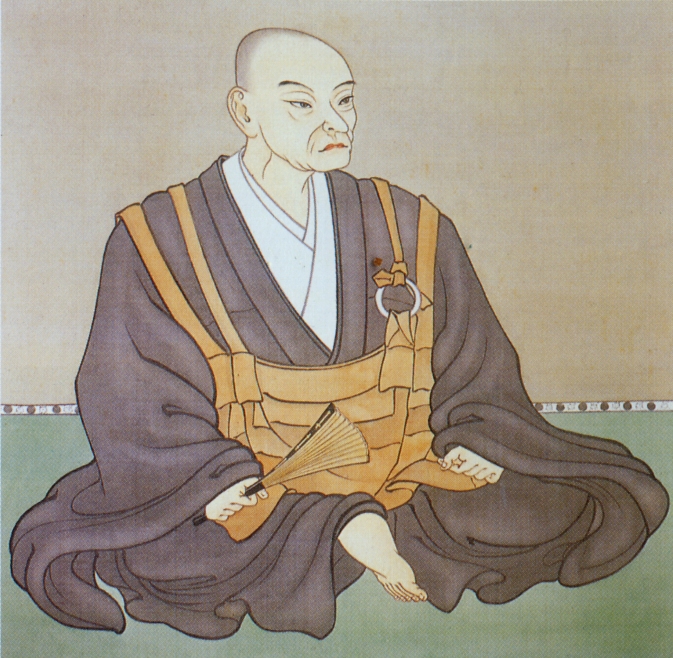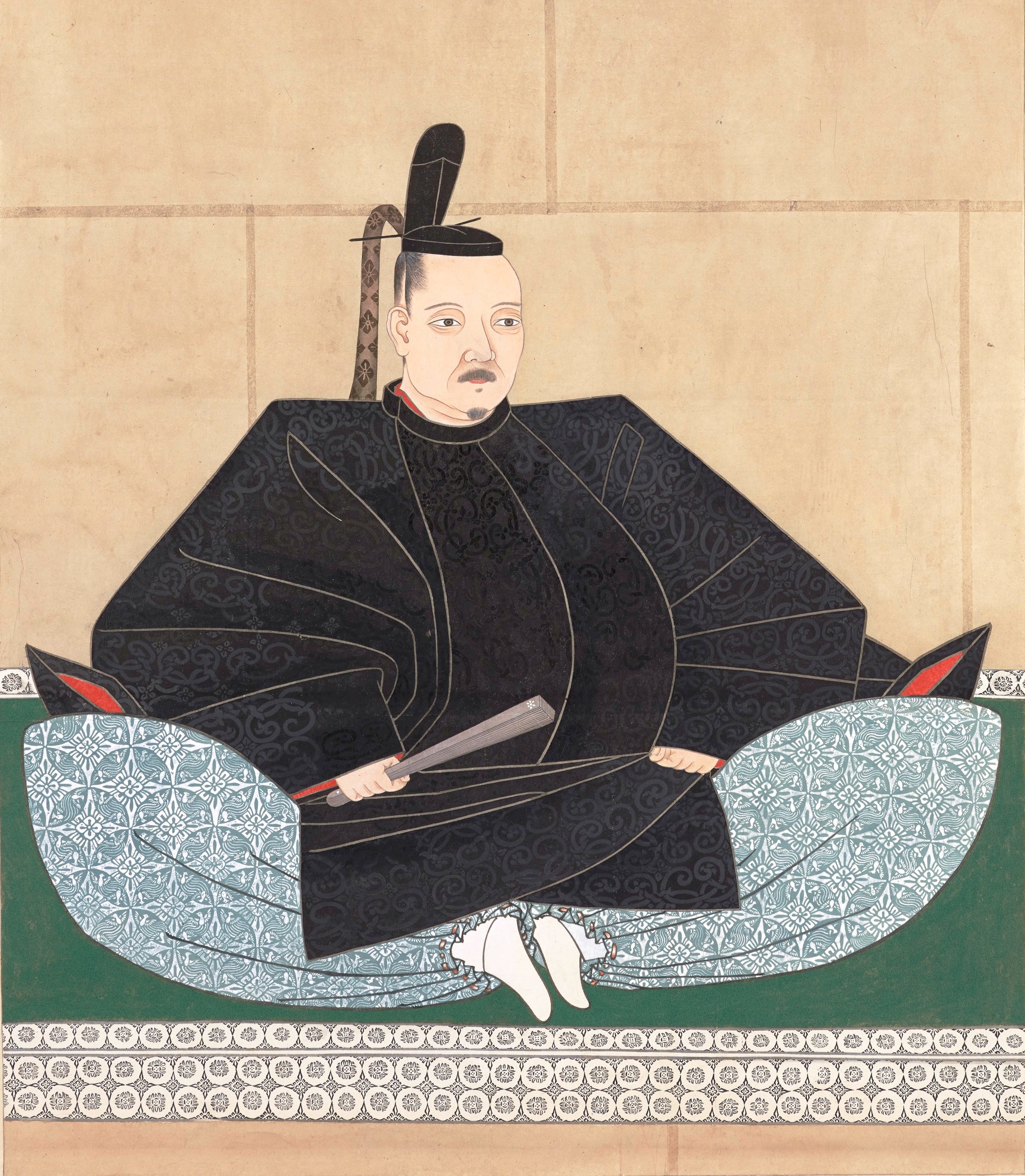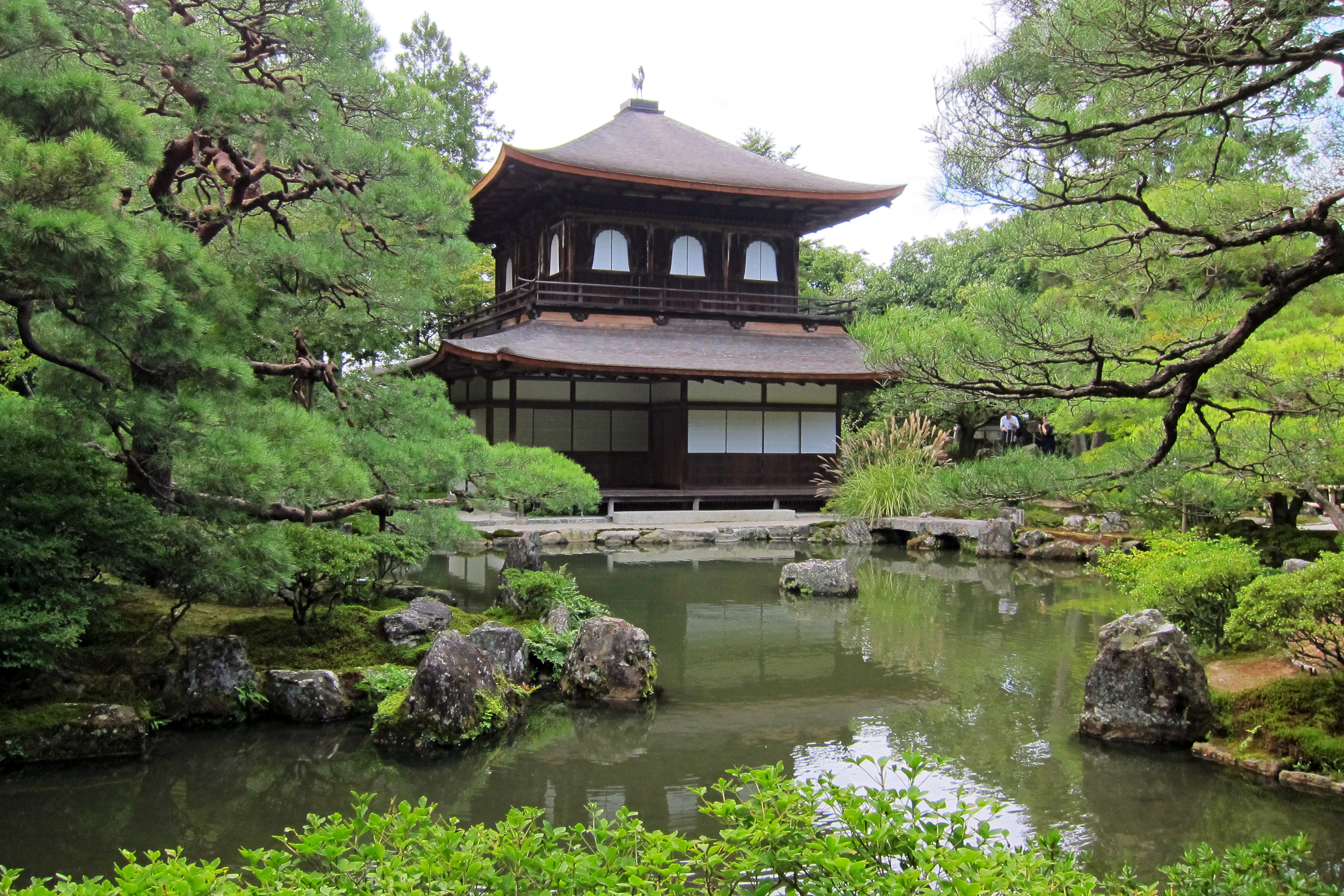Sengoku “States” Part II
This episode broadly covers the developments in the Date, Oda, and Mori Clans during the first half of the 1500s.
This episode broadly covers the developments in the Date, Oda, and Mori Clans during the first half of the 1500s.
This episode broadly covers the developments in the Imagawa, Takeda, and Uesugi Clans during the first half of the 1500s.
In this episode, we examine some of the many ways in which war during the Sengoku Period had a much different character from previous eras because of technology, economics, and necessity.
After Hosokawa Masamoto’s assassination, power was once again up for grabs and Ashikaga Yoshitane was determined to once more sit upon the shogunal throne. He was the first in a series of puppet shoguns elevated by ambitious daimyo who wielded power in their names.










As the Onin War continued to ravage the capital, it sparked regional conflicts and forced the Shugo-daimyo and peasants to fend for themselves amid the civil war. When the war was over, the political power of the Shogunate reached an all-time low.
Ashikaga Yoshimasa wanted to retire from the office of Shogun, so he chose his brother Yoshimi to be his successor. In 1465, however, his wife gave birth to a son. As two powerful clans each threw their weight behind a different candidate, war became imminent.